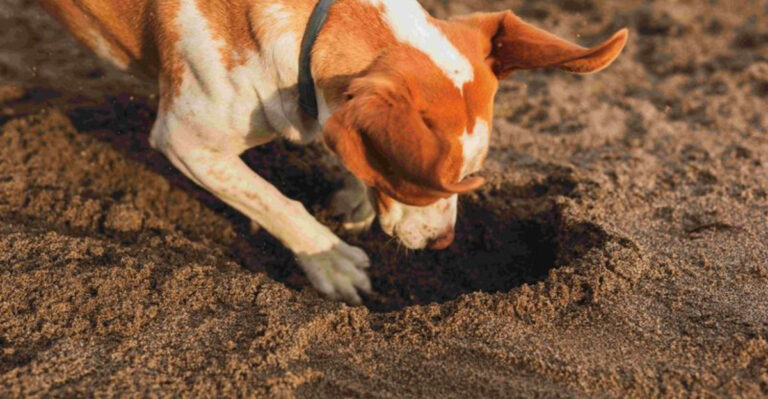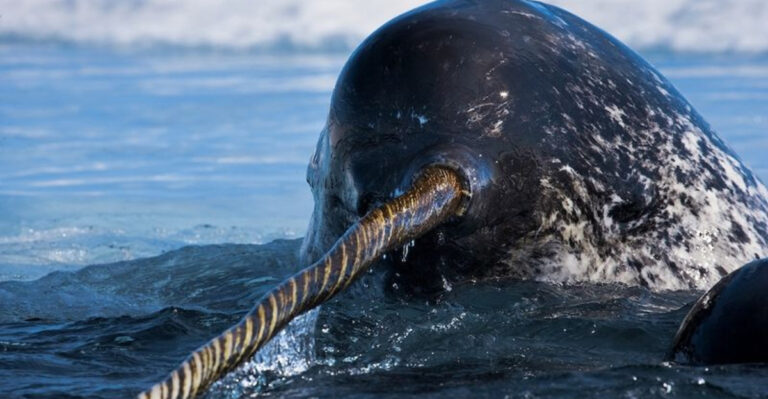How The Sand Cat Survives And Thrives In Extreme Heat
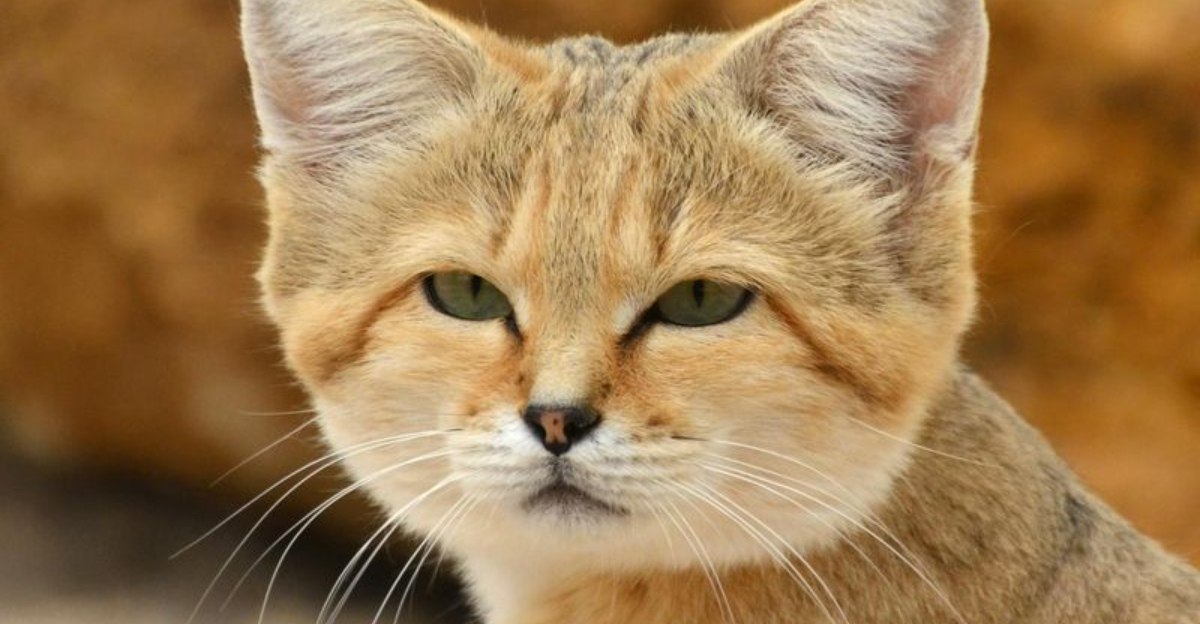
Imagine surviving in a scorching desert where temperatures soar above 120°F during the day and plummet below freezing at night.
For most creatures, this harsh environment would spell certain doom, but not for the remarkable sand cat. These tough felines have evolved incredible adaptations that allow them to not just survive, but thrive in some of Earth’s most unforgiving landscapes.
Fur-lined Paws That Beat The Heat
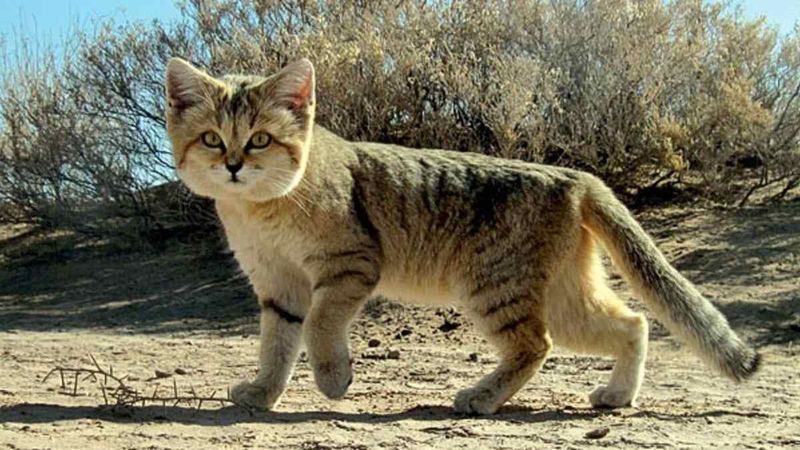
Ever tried walking barefoot on hot sand? Ouch! Sand cats have thick fur padding on their paws that works like built-in sandals. This natural insulation prevents painful burns when crossing scorching desert surfaces.
The fur also gives them excellent traction, helping them move silently across loose sand. It’s nature’s perfect desert footwear solution!
Superpower Ears For Nighttime Hunting
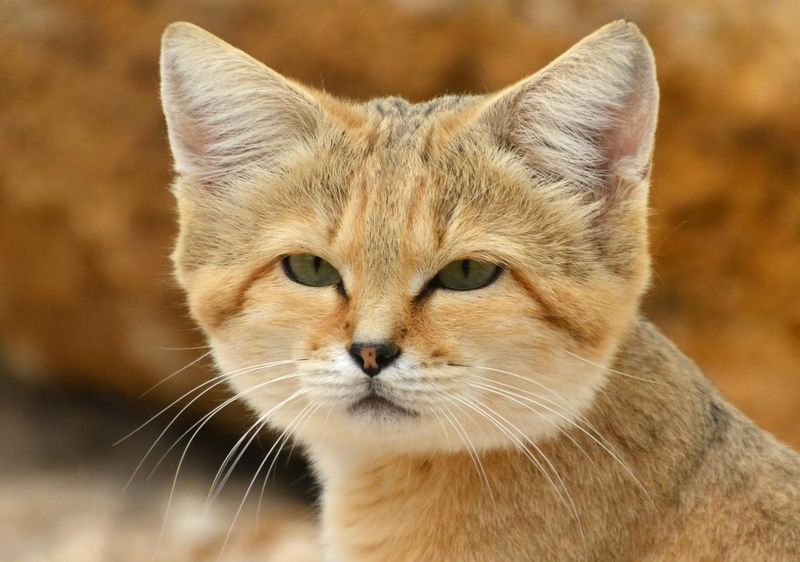
Those oversized ears aren’t just adorable – they’re cooling machines! Blood vessels near the surface of the ears help dissipate body heat, working like natural air conditioners.
At night, these same ears transform into precision hunting tools, detecting prey moving underground. Sand cats can hear rodents tunneling beneath the sand from astonishing distances!
Masters Of Water Conservation
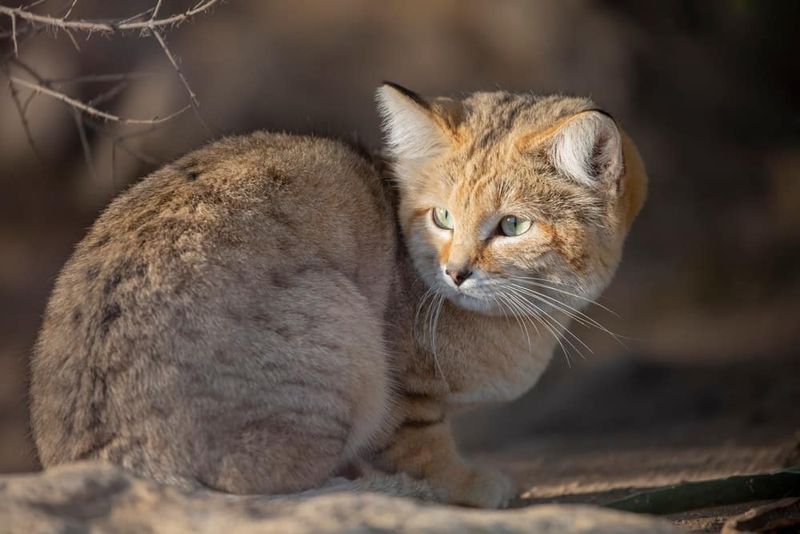
While humans need several liters of water daily, sand cats rarely drink at all! They extract nearly all the moisture they need from their prey.
Their super-efficient kidneys produce highly concentrated urine, minimizing water loss. This remarkable adaptation means they can survive in areas without visible water sources for months, getting by on the moisture from mice and lizards.
Sand-Diving To Beat The Heat
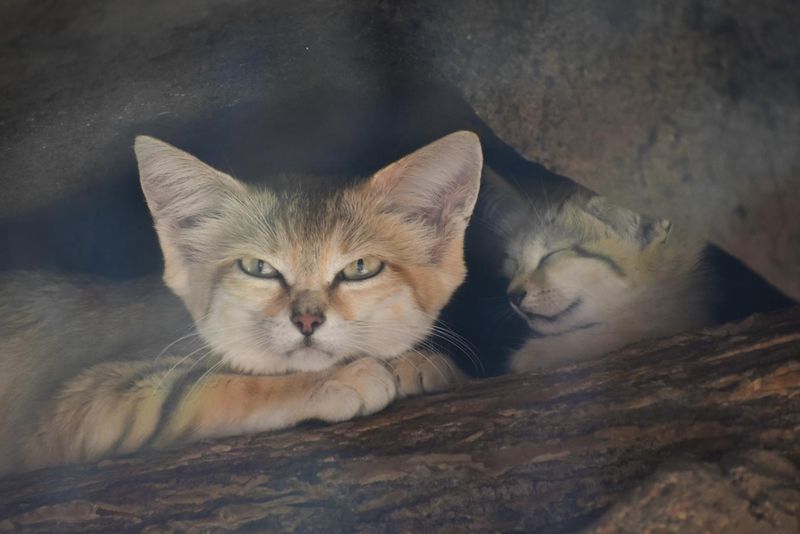
When temperatures become unbearable, sand cats create their own air conditioning! They dig shallow depressions in the sand, exposing cooler layers underneath.
By pressing their bellies against this cooler sand, they rapidly lower their body temperature. They’ll even completely bury themselves during extreme heat waves, leaving just their nose and eyes visible above the surface.
Secret Nocturnal Lifestyle
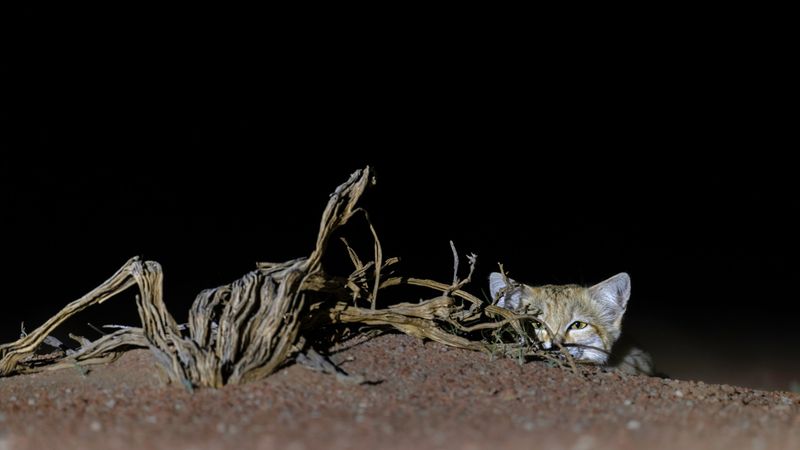
Daytime in the desert? No thanks! Sand cats avoid the worst heat by becoming night owls. They spend scorching days snoozing in underground burrows where temperatures remain relatively stable.
Once the sun sets and temperatures drop, they emerge to hunt. This nocturnal lifestyle is their ticket to desert success, allowing them to avoid the extreme daytime temperatures altogether.
Built-In Sand Goggles
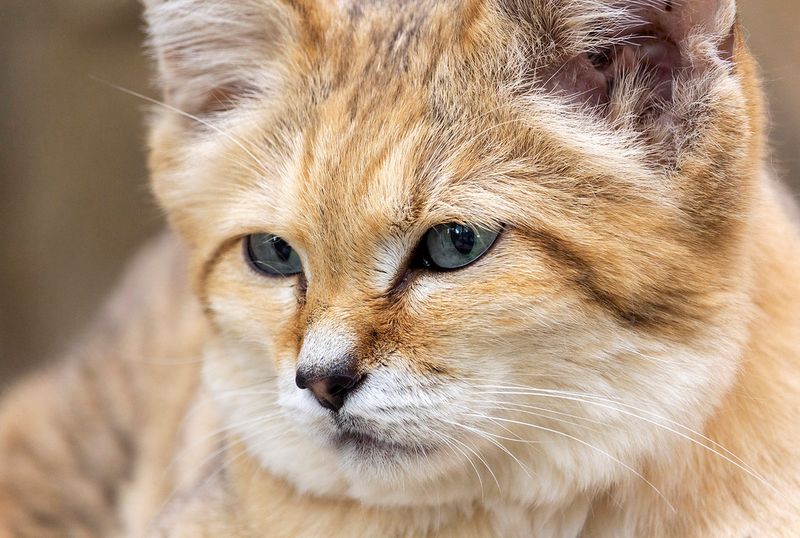
Sandstorms would blind most animals, but not these desert specialists! Sand cats have thick eyelids and a special membrane that protects their eyes like built-in goggles.
Their eyes also feature a distinctive dark line running from the corner down each cheek. This natural eyeliner actually reduces glare from the sun, similar to how football players use black grease beneath their eyes during day games.
Camouflage That Disappears Into Sand
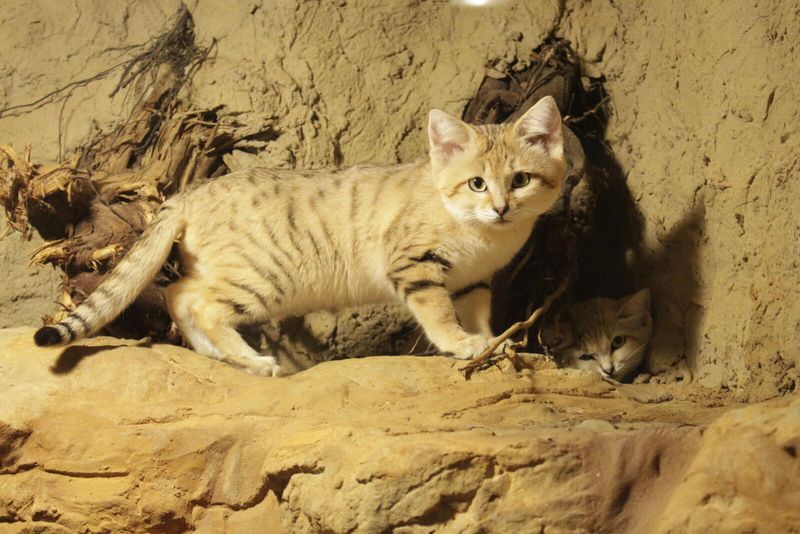
Playing hide-and-seek with a sand cat would be nearly impossible! Their pale sandy-colored fur blends perfectly with their desert surroundings, making them practically invisible to predators and prey alike.
Unlike other cats with distinct patterns, sand cats sport subtle markings that mimic the random patterns of desert terrain. Even their ear backs lack the usual dark spots found on other wild cats.
Fur That Works Like A Thermos
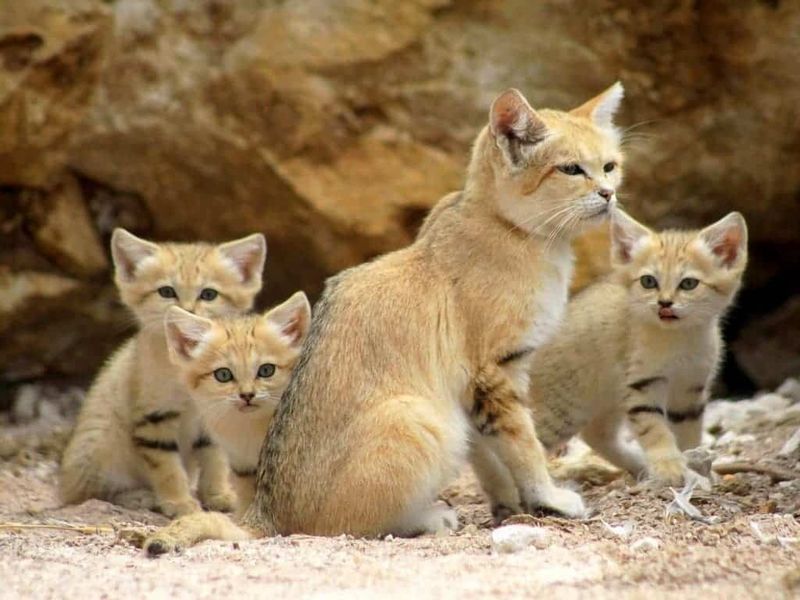
Desert temperatures swing wildly – blazing hot days, freezing nights. Sand cats have specially adapted fur that insulates against both extremes.
Their thick undercoat traps warm air close to the body during cold nights while the outer guard hairs reflect sunlight during the day. It’s like wearing both a cooling vest and a warm jacket simultaneously!
Low Sweat, High Efficiency
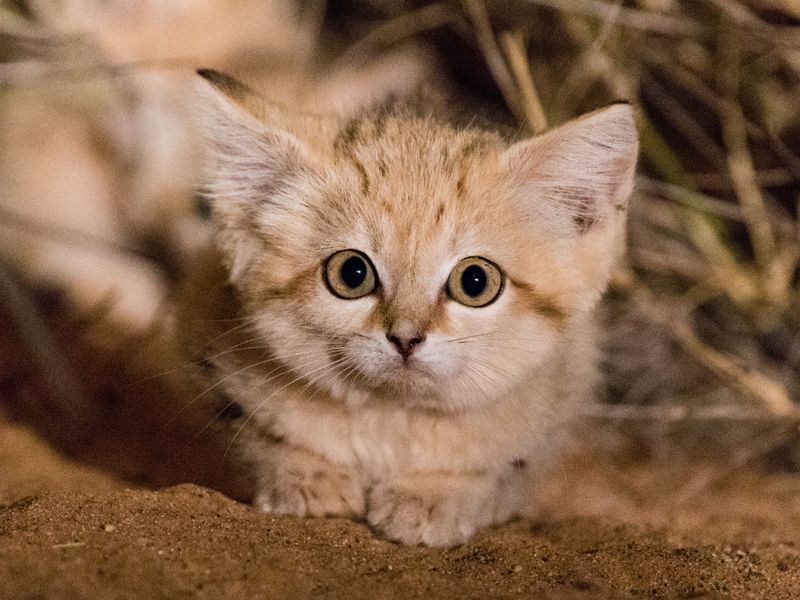
Sweating wastes precious water, so sand cats have evolved to sweat minimally. Instead, they conserve energy by moving slowly and deliberately when active.
Their metabolism runs at a lower rate than other cats of similar size. This energy-efficient approach means they need fewer calories and less water, perfect for an environment where both are scarce!
Desert Real Estate Experts
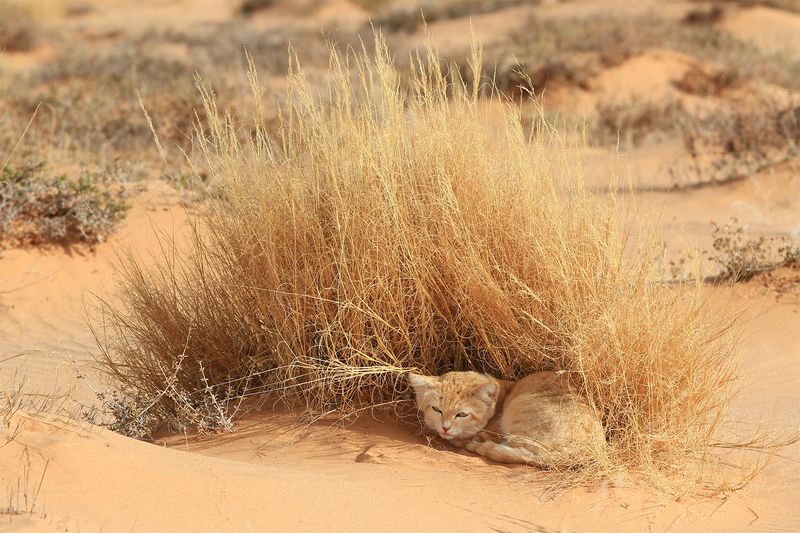
Why build when you can renovate? Sand cats rarely dig their own homes, preferring to repurpose abandoned burrows from other animals like foxes or porcupines.
These ready-made shelters provide protection from extreme temperatures with minimal effort. They’ll sometimes maintain multiple burrows across their territory, creating a network of climate-controlled rest stops throughout their hunting grounds.


